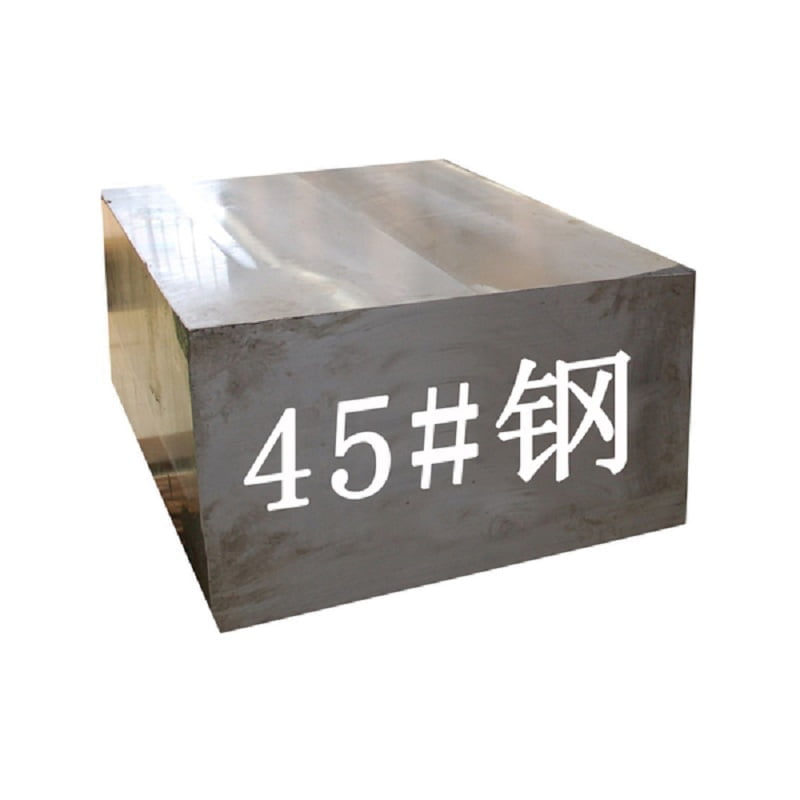S45C and 1045 are both carbon steels, but they are not the same material. Here are the key differences between them:

- Naming and Standards:
- S45C: This is a Japanese industrial standard (JIS) designation for a medium carbon steel with a carbon content between 0.42-0.48%.
- 1045: This is the American Society for Testing and Materials (ASTM) designation for a medium carbon steel with a carbon content between 0.43-0.50%.
- 炭素含有量:
- S45C: Typically has a carbon content slightly lower than 1045.
- 1045: Has a slightly higher carbon content compared to S45C.
- アプリケーション:
- Both S45C and 1045 are widely used steels in various applications due to their good combination of strength, toughness, and wear resistance.
- They are commonly used for shafts, forged parts, gears, bolts, studs, etc., in the automotive and machinery industries.
- Regional Standards:
- S45C is a JIS standard while 1045 is an ASTM standard. The choice between them often depends on regional standards and availability.
- Machinability and Weldability:
- Both grades have good machinability due to their medium carbon content.
- Weldability can vary depending on the carbon content and other alloying elements, but they are generally weldable with suitable precautions.
- 熱処理:
- Both grades respond well to heat treatment such as quenching and tempering to achieve desired mechanical properties.
In summary, while S45C and 1045 are both medium carbon steels with similar carbon contents and mechanical properties, they are designated by different standards (JIS and ASTM respectively) and may have slight differences in chemical composition and regional availability. It’s important to choose the appropriate grade based on your specific application requirements and the standards followed in your region or industry.
